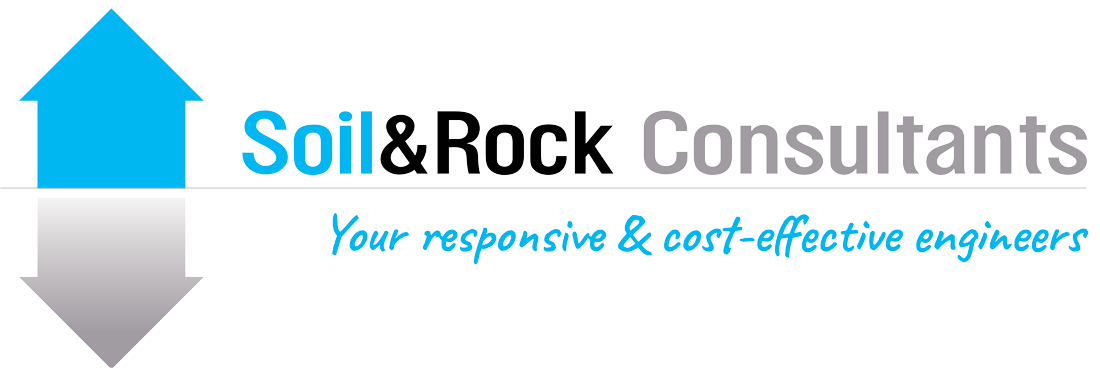Contaminated Land Management
We carry out Contaminated Land Management (CLM) investigations, identification and long-term management of soils and groundwater that has been chemically impacted by human activities. This may include accidental or intentional release of substances that are toxic to both the environment and human health. Activities commonly associated with contaminated land studies in New Zealand include historic agricultural & horticultural land, industrial manufacturing & processing sites, service stations and landfills.
CLM investigations in New Zealand are governed by multiple guidance documents and regulations issued under the Resource Management Act (RMA, 1991). Standards for investigation and reporting follow Ministry for the Environment guidelines, and are enforced by individual Regional and District Councils minimum reporting requirements. Following further regulations relating to the protection of human health (National Environmental Standard – NES) reporting of CLM investigations are required to be undertaken by Suitably Qualified and Experienced Practitioners (SQEPs), with sufficient demonstrable experience relating to the assessment of contaminated land.
Works completed by our experienced environmental team include;
Desktop site assessments for identification of potential site contamination activities (PSI – Preliminary Site Investigation)
Onsite sampling and quantitative assessments of contamination levels, with comparison to regulatory limits (DSI – Detailed Site Investigation)
Preparation of remediation guidance documents and site management plans (RAP/SMP – Remediation Action Plan/Site Management Plan)
Supervision and sign-off reporting remediation of contaminated sites (SVR – Site Validation Report)
Landfill screening for cut-to-waste earthworks excavations
Design of long-term containment structures for contaminated materials
All of our soil contamination projects are undertaken by suitably qualified environmental engineers as required under the National Environmental Standard who are educated and have obtained experience related to the recognition and interpretation of soil contaminants, the understanding of how this impacts the environment and knowledge of methods and recommendations by which to mitigate the hazards and underlying soil conditions.



